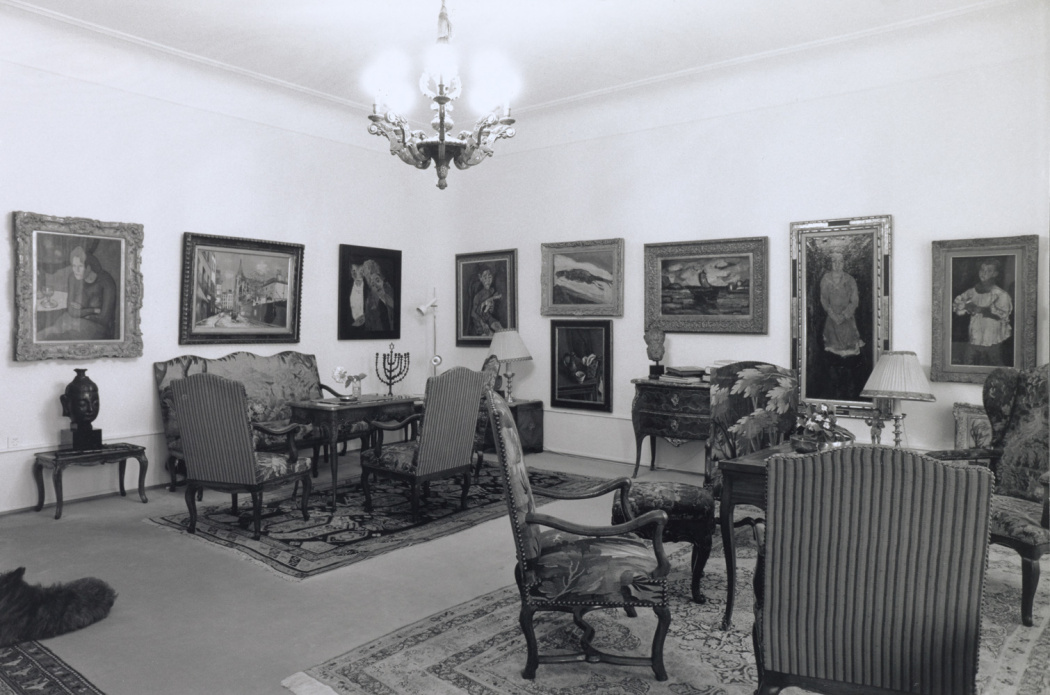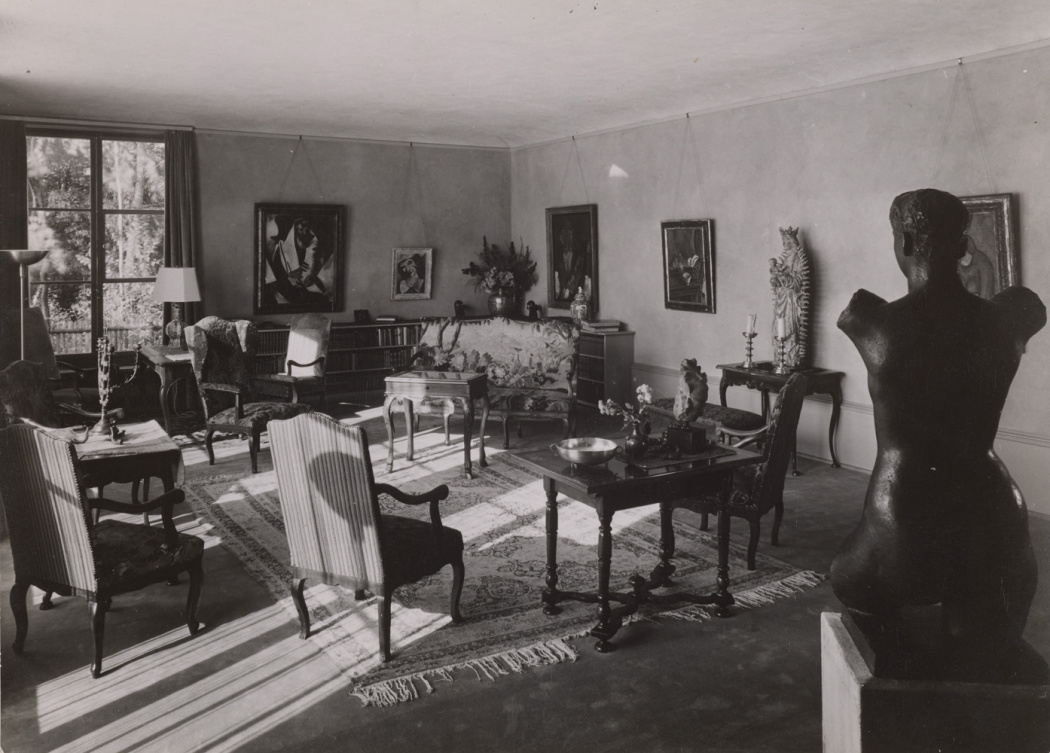History of the Collection
The haulage contractor and art connaisseur Karl Im Obersteg (1883-1969) and his son Jürg (1914-1983), professor of forensic medicine, collected international art of the 20th century over a span of seventy years. There was never a specific collection concept behind their purchases, which were more the result of friendship with the respective artists. An ongoing leitmotif was not only the expressive power of color, but also the penetrating to melancholic view of human existence. Karl Im Obersteg bought his first painting in 1916, a still life of flowers by Cuno Amiet. Color as the dynamization of the figurative was already present in this picture and was to point Im Obersteg in the direction he would follow. We find color in all its glory in the work of Jawlensky, Klee and Kandinsky. Filtered through melancholy and mysticism, it resounds more profoundly in works by Chagall, Nolde, Picasso, Rouault and Soutine. Even though Im Obersteg’s purchasing policy was strongly oriented towards Paris, it is remarkable that five Russians (Chagall, Genin, Jawlensky, Kandinsky, Soutine) are one of the focuses of the approximately 200-work collection. And their subtle combination of sensuous coloring and mystical presentiment may be the reason. The financial means were in no way unlimited, so that there were always works that were also sold in order to make the collection a more precisely personal one. A small but programmatic work by the founding father of Modernism, Paul Cézanne, and a version of Auguste Rodin’s La petite ombre are consciously placed at the beginning of the collection.
Following World War II in the 1950s, the collector also became open to new tendencies in art. Thus he purchased works by younger representatives of the “École de Paris”, making Bernard Buffet a focal point, whose existentialism is today critically judged. Serge Poliakoff and Jean-Paul Riopelle made color-defined abstraction their theme. Jean Dubuffet, who discovered “art brut”, was incorporated into the collection, as were the unconventional material paintings by Antoni Tàpies.
After the death of his father in 1969, Jürg Im Obersteg was left little time to continue the collection according to his own ideas. And yet it is noticeable that Jürg and Doris Im Obersteg-Lerch were interested in complementing what was already there: Marianne von Werefkin belonged to the Ascona art community, which in 1919 steered Karl Im Obersteg towards an engagement with art, while Lyonel Feininger became acquainted with Jawlensky, Kandinsky and Klee, well represented in the collection as the “Blue Four”. The figuration of early concrete modernism is set against the incunabula of Aleksander Rodchenko and Theo van Doesburg. Louis Soutter expands the window onto “art brut” that Jean Dubuffet opened.

